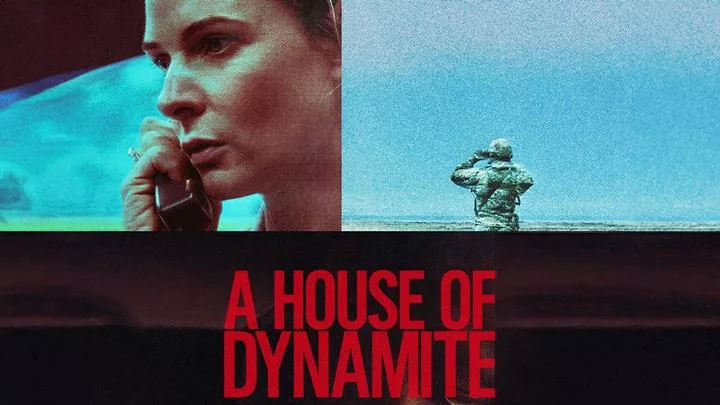John Fleck of the Albuquerque Journal had an article today entitled “Sandia Labs manager gets 6 more months,” describing Lockheed Martin’s half year contract extension. John knows all three nuclear weapons labs well, and I won’t be telling him things that he doesn’t already know. But I’ll use his article as an excuse to stand on my soap box about Sandia Labs.
To my taste, John’s article makes Sandia sound a little too benign with phrases like “the nuclear weapons research center” and “Sandia is one of the nation’s three nuclear weapons design and maintenance laboratories.” What is left unreported is that Sandia is a major production site that, for example, manufactured 850 neutron generators for nuclear weapons in 2010, and loads them with radioactive tritium. In addition to design responsibility for non-nuclear components, Sandia’s secondary mission has long been “weapons effects” research for making sure nuclear weapons continue to work in lethal radiation environments. This enables multi-strike nuclear warfighting rather than the simple deterrence sold as doctrine to the American public.
Further, instead of mere “maintenance,” all three nuclear weapons labs (Sandia, Los Alamos and Lawrence Livermore) are lobbying for a never-ending cycle of so-called Life Extension Programs that will intentionally introduce profound changes to existing nuclear weapons. Major changes are the last thing we should do to a stockpile that has been extensively tested and proven to be even more reliable than previously thought, when we can no longer full-scale test. All of this will be of enormous expense to the American taxpayer, where for example the currently proposed Life Extension Program for the B61 bomb has exploded in costs from $4 billion to more than $10 billion, resulting in each bomb costing twice its weight in gold. Added to this is a related $3.2 billion Pentagon program giving the B61 a new tail fin guidance kit, transforming it into the world’s first nuclear “smart” bomb for delivery by planned super stealthy aircraft.
In addition to prolonging their service lives for 30 years or more, these Life Extension Programs have and will create new military capabilities for existing nuclear weapons, despite denials at the highest levels of the U.S. government to the world at large (for example, at the United Nations’ 2010 NonProliferation Treaty Review Conference). The lab directors wear two hats, the first as directors who are required to annually certify to the president and Congress that the nuclear weapons stockpile is safe, secure and reliable. The second hat is that as presidents of the executive board of the for-profit corporations running the labs, which will directly benefit from never-ending Life Extension Programs that may actually undermine stockpile reliability. So far from mere “research” and “maintenance” we have a deep seated conflict-of-interest driven by profit that will stymie our global leadership toward getting rid of nuclear weapons while continuing to fleece the American taxpayer.
Foremost in this is the Sandia National Laboratories, which amongst the three labs now has the largest nuclear weapons budget. In the past, Sandia has been singled out as a model of lab mission diversification, with its total annual institutional budget falling below 50% nuclear weapons. That is no longer true given recent large increases to its nuclear weapons research and production programs, which now comprise ~55% of Sandia’s total budget.

